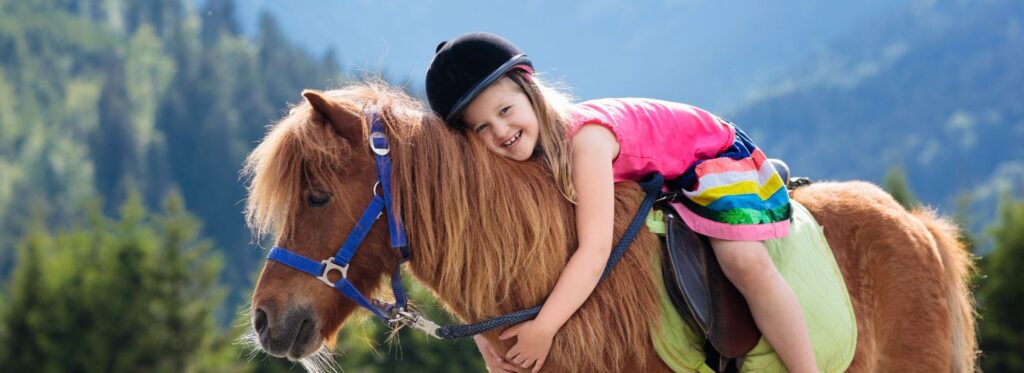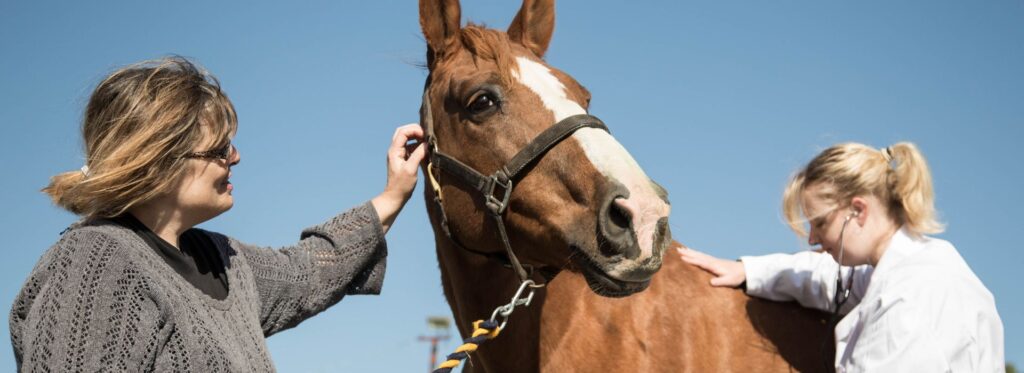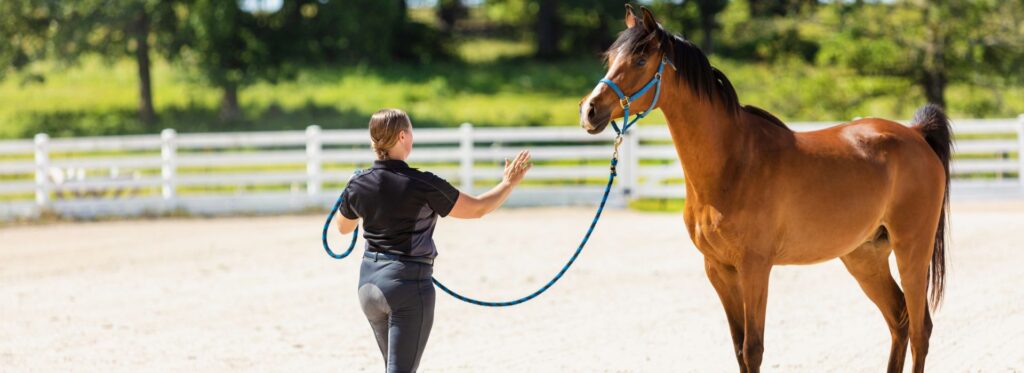So, you’re buying your first horse—or maybe one for your kid, your grandkid, or your not-so-horsey spouse.
You’re not looking for fancy.
You’re looking for safe.
The kind of horse that stands still to be saddled, doesn’t care about flapping flags, and would rather nap than run off with you.
That’s what folks call a “beginner-safe horse.”
But the big question is: How much should you expect to pay for one in 2025?
Let’s break it down together.
What Makes a Horse “Beginner-Safe”?
Not every quiet horse is beginner-safe. And not every beginner-safe horse is cheap.
Most folks use the term to mean a horse that:
-
Stands still for grooming and saddling
-
Loads easy in a trailer
-
Doesn’t spook easily
-
Has smooth gaits and knows basic cues
-
Forgives rider mistakes (you’ll make plenty)
-
Has a calm, steady personality
Some call these “bombproof.” Others say “kid-safe.” Either way, they’re worth their weight in gold—and often priced that way.
Does that sound like what you’re looking for?
If so, let’s talk numbers.
What Does a Beginner-Safe Horse Cost in 2025?
Here’s the short version:
You’ll likely pay $4,000 to $8,000 for a truly beginner-safe horse in decent health and training.
But… that’s just a range. Let’s get a little more specific.
| Horse Type | Average Price |
|---|---|
| Basic beginner-safe trail horse | $4,000 – $6,000 |
| Kid-safe horse with training | $5,000 – $8,000 |
| Older, semi-retired “babysitter” horse | $2,000 – $4,000 |
| Registered or show-ready beginner-safe horse | $7,000 – $12,000+ |
If someone offers you a “beginner-safe” horse for $1,500… you might want to dig a little deeper.
Let’s be real—it could be a gem. Or it could be a buckin’ bronc in disguise.
Why Are Beginner-Safe Horses So Expensive?
Because they’re rare.
And because they’re tested.
Most beginner horses have been:
-
Ridden by all types of riders
-
Exposed to loud noises, traffic, flappy jackets, and surprises
-
Handled by kids, adults, and folks who don’t always know what they’re doing
These horses are worth more because they help people build confidence.
You’re not just buying a horse—you’re buying peace of mind.
How much is your safety—or your kid’s safety—worth to you?
Kind of makes the price tag make sense, right?
What Affects the Price?
Let’s say two horses are both beginner-safe. Why is one $3,000 and the other $8,000?
Here’s what can change the price:
Age
That sweet spot is 10–18 years old.
Younger horses might be quiet today but unpredictable tomorrow.
Older horses (20+) can be great, but may have health issues that bring the price down.
Training
If the horse neck reins, side-passes, and opens gates without fuss—yep, you’ll pay more.
Beginner-safe and trained? That’s the golden combo.
Breed
Quarter Horses and Paints are popular and dependable.
Fancy breeds like Warmbloods or Andalusians usually come with a higher price, even if they’re beginner-safe.
Health
A sound, vet-checked horse? Higher price.
Needs special shoes or supplements? That may drop the price some.
Location
Horses in Texas or Oklahoma may go for less than the same horse in California or New York.
It all depends on local demand.
Want to know what a horse is worth in your area?
Try the Horse Price Calculator—it’ll take your region and the horse’s details into account.
Where to Find Beginner-Safe Horses
If you’re just Googling “safe horse near me,” you might miss out.
Try places like:
-
MyHorseForSale.com — has filters for beginner-safe
-
Local Facebook horse groups
-
4-H or Pony Club connections
-
Lesson barns retiring solid horses
-
Word of mouth (still works great!)
Ask sellers for videos—not just the fancy canter video. You want to see the horse being caught, groomed, ridden by different people, maybe even spooked a little.
Got a gut feeling? Trust it.
Red Flags to Watch Out For
Beginner-safe horses are in demand. And that means people stretch the truth sometimes.
If the ad says…
-
“Has potential to be beginner-safe”
-
“Needs confident rider”
-
“Just needs a little more handling”
…it’s probably not a beginner horse.
Also, ask:
-
Has the horse been ridden by actual beginners?
-
Does it act different away from home?
-
What happens when it’s not ridden for a few weeks?
You’re not being picky—you’re being smart.
A Little Story from the Ranch
A few years back, a neighbor sold a gelding named Duke.
He was plain as dirt, maybe 15 hands, and couldn’t jump a stick.
But boy, was he safe. He let kids crawl under his belly and stood like a rock at the mounting block.
He sold for $6,500 within two days of being listed.
Why? Because he was the kind of horse that teaches people how to ride.
That kind of horse is always worth more than folks think.
Final Thoughts: Spend Smart, Not Cheap
Beginner-safe horses cost more—for a reason.
They save you time, training, and maybe a trip to the ER.
Before you buy, ask yourself:
-
Is the horse really beginner-safe, or just quiet today?
-
Does the price match the training, health, and age?
-
What’s the horse’s job going to be?
Use the Horse Price Calculator to get a smart starting price.
Then check listings on MyHorseForSale.com to see what other beginner-safe horses are going for.
Take your time.
The right horse will come along. And when it does—you’ll know.
What’s peace of mind worth to you?
If the answer is “a little extra,” then you’re on the right trail.



